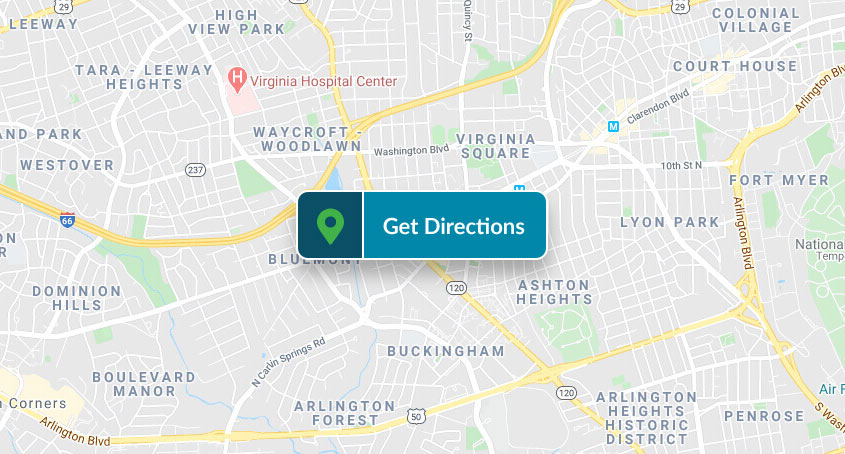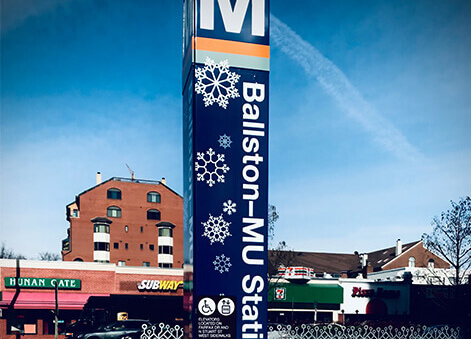Gum recession is when the gums pull away from the teeth and expose the roots below. More often than not, this recession is a result of gum disease that has occurred because of poor oral hygiene. While receding gums can’t grow back, there are treatments that can prevent additional damage to the gum tissue.
Signs of Receding Gums
Since gum recession is a gradual process, patients may not realize they are losing their gum tissue until the condition is significant. Knowing the early signs of gum recession beforehand may help you identify the problem before it becomes advanced and you experience exposed tooth roots and loose teeth. Common signs of gum recession include:
- Bleeding after brushing or flossing
- Swollen, red, and/or tender gums
- Teeth look longer than normal
- Pockets around the teeth
Treatment for Receding Gums
Even though receding gums don’t grow back, there are professional periodontal treatments that can help prevent them from worsening. A deep cleaning, also known as root planing and tooth scaling, can help address mild gum recession. During a deep cleaning, we’ll clean and smooth the roots of the teeth. This can help protect your teeth and gums from infection.
If your gums already have deep pockets, gum graft surgery may be necessary. A gum tissue graft from your oral cavity can replace the lost tissue to reduce the appearance of receding gums.
How to Prevent Receding Gums
Preventive measures are the best way to reduce your risk of receding gums. This includes good oral care habits like brushing twice a day for two minutes each time using a soft-bristled toothbrush and flossing daily. We also recommend choosing healthy foods, drinking plenty of water, avoiding tobacco products, and regularly visiting our office for cleanings and to treat existing dental disease.
Periodontal Care in Arlington, VA
Are you noticing signs of receding gums? At Ballston Dental Care, we can help treat and prevent gum recession from developing further. Contact our office to schedule an appointment for periodontal care!



